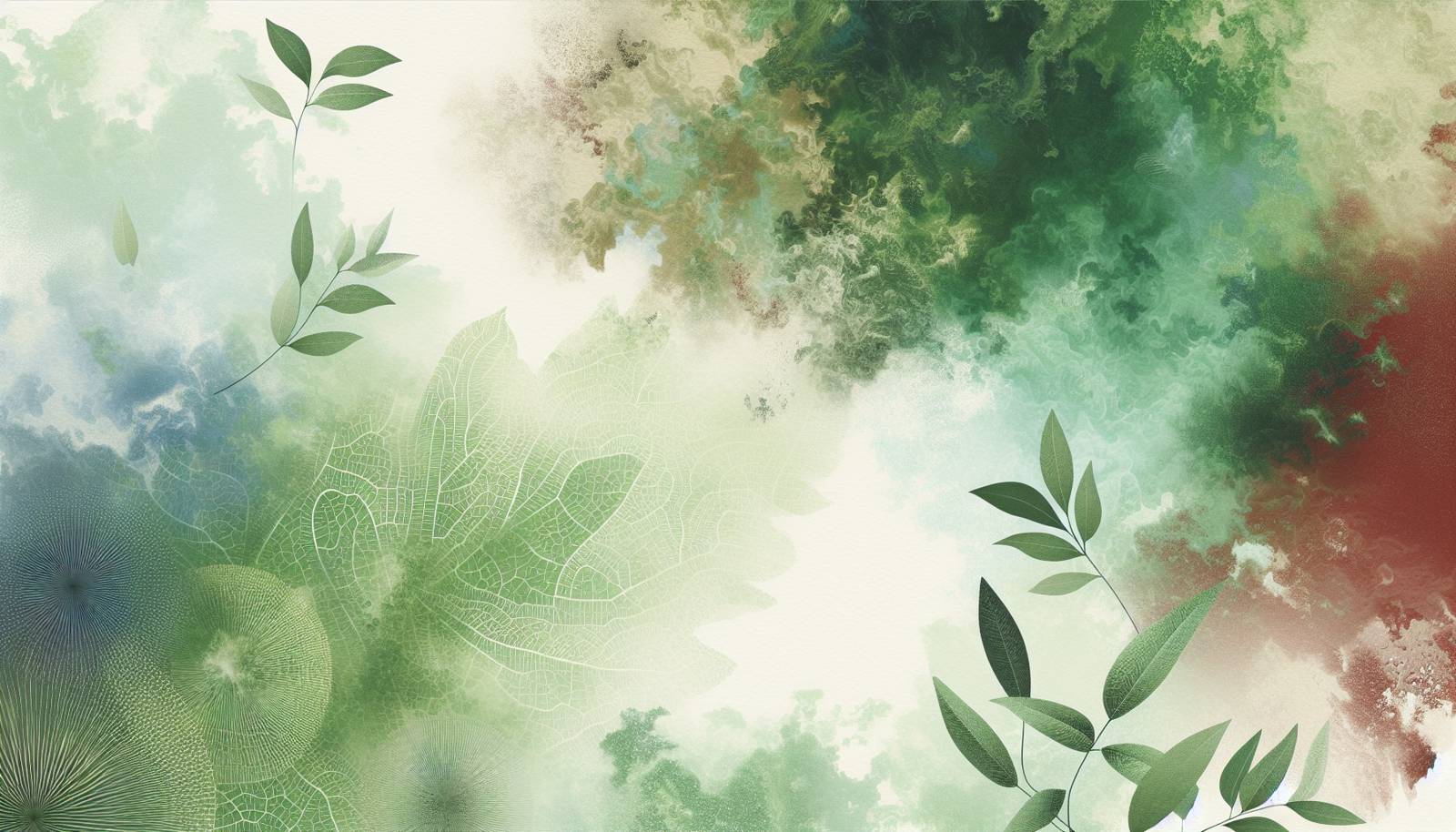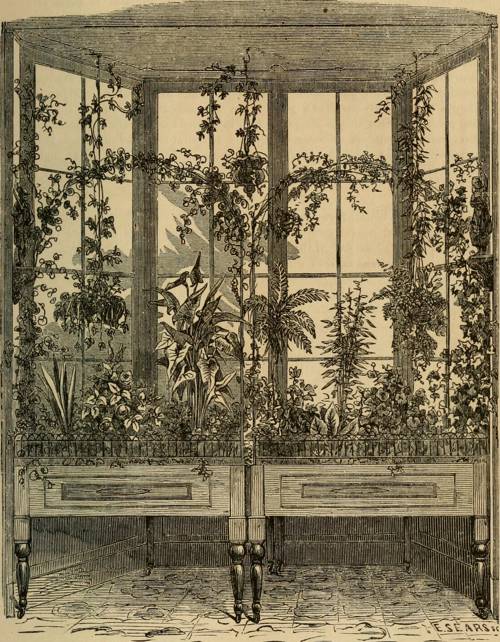
FAQ About Indoor Plant Symptom Diagnosis

What causes yellowing leaves on indoor plants?
Yellowing leaves on indoor plants can be caused by a variety of factors including overwatering, underwatering, nutrient deficiencies, and poor lighting conditions. When plants receive too much water, their roots can become waterlogged, leading to a lack of oxygen. Conversely, underwatering can lead to dehydration. Nutrient deficiencies, particularly of nitrogen, can also cause leaves to yellow as the plant is unable to produce enough chlorophyll. Lastly, insufficient light can reduce the plant's ability to perform photosynthesis, resulting in yellowing leaves.

Why are my indoor plant's leaves wilting?
Wilting leaves in indoor plants usually indicate a problem with water supply. This can mean the plant is either underwatered or overwatered. In some cases, wilting can be due to root rot, which is caused by poor drainage and can deteriorate the roots’ ability to absorb water. Additionally, environmental factors like excessive heat or low humidity can also lead to wilting.

How can I tell if my indoor plant is overwatered or underwatered?
To determine if your indoor plant is overwatered or underwatered, check the soil: if it's consistently wet, your plant is likely overwatered, whereas dry soil indicates underwatering. Overwatered plants often have yellowing leaves, while underwatered plants can have dry, crispy edges. Additionally, gently lifting the pot can help—an overwatered plant will feel heavy, in contrast to an underwatered plant.

What are indicators of nutrient deficiencies in indoor plants?
Indicators of nutrient deficiencies in indoor plants include yellowing leaves, poor growth, and leaf drop. Different nutrients exhibit specific symptoms; for example, nitrogen deficiencies often cause yellowing older leaves, while phosphorus deficiencies may result in dark green or purplish leaves. Iron deficiencies can cause chlorosis, where young leaves become pale or yellow but veins remain green. Regularly feeding plants with balanced fertilizer can help prevent deficiencies.

Why are the edges of my plant's leaves turning brown?
The edges of leaves turning brown is commonly caused by low humidity, underwatering, or salt buildup in the soil. Indoor environments often have dry air that can dehydrate plants, leading to browning edges. Additionally, insufficient water supply can cause similar symptoms. Salt buildup, from over-fertilizing or poor-quality water, affects nutrient absorption and can also cause leaf edges to brown.

What does it mean if my indoor plant's leaves are curling?
Leaf curling in indoor plants can be a response to environmental stress, such as temperature extremes, low humidity, or pest infestations. Heat stress causes leaves to curl to conserve moisture. Pest infestations, like aphids or spider mites, can lead leaves to curl as they feed on the plant's sap. Ensuring optimal growing conditions and checking for pests can help alleviate leaf curling.

How do I identify pest infestations on indoor plants?
To identify pest infestations on indoor plants, look for visible insects, sticky residues, webbing, or holes in the leaves. Common pests include aphids, mealybugs, spider mites, and scale insects. You might also notice deformed growth or discolored leaves. Using a magnifying glass can help detect smaller pests. Regular inspection and early treatment, such as using insecticidal soap, can manage infestations.

Why is my indoor plant not growing?
If your indoor plant isn’t growing, it could be due to inadequate light, incorrect watering, or nutrient deficiencies. Most indoor plants require bright, indirect light to thrive, so insufficient light can stunt growth. Overwatering or underwatering disrupts the plant’s ability to absorb nutrients. Additionally, depleted soil can lead to a lack of essential nutrients, affecting growth. Ensuring appropriate light, water, and balanced fertilization can support healthy growth.

How can I improve humidity for my indoor plants?
Improving humidity for indoor plants can be achieved by misting the plants, using a humidifier, or placing a water tray nearby. Grouping plants together can also create a microenvironment with higher humidity levels. Additionally, placing a pebble tray filled with water under plant pots can increase ambient moisture through evaporation.

What causes root rot in indoor plants?
Root rot in indoor plants is often caused by overwatering and poor soil drainage. When roots remain in consistently wet soil, they lack oxygen and begin to decay. Fungal infections, such as those from Phytophthora or Pythium, can also lead to root rot, which is exacerbated by waterlogged conditions. To prevent root rot, ensure pots have drainage holes, use well-draining soil, and allow the top inch of soil to dry out between waterings.

How do I treat fungus gnats on indoor plants?
To treat fungus gnats on indoor plants, reduce watering to allow the top layer of soil to dry out, as gnats thrive in moist conditions. Sticky traps can catch adult gnats, while using a natural microbial insecticide, like Bacillus thuringiensis israelensis (Bti), can kill larvae in the soil. Ensure proper water drainage and avoid overwatering to prevent future infestations.

What should I do if my plant's soil is compacted?
If your plant's soil is compacted, gently aerate the soil with a small fork or your fingers to improve air and water circulation. Repotting the plant into fresh potting mix can also help, especially if the current potting medium is old or degraded. Adding perlite or sand to the soil mix can enhance drainage and aeration.

Why are my indoor plant's leaves dropping?
Leaf drop in indoor plants can be caused by environmental stress, overwatering, underwatering, or pest issues. Changes in light, temperature, or humidity can stress a plant and lead to leaf drop. Overwatering or underwatering can also disrupt a plant's water balance, causing leaves to fall. Additionally, pest infestations might damage the plant, resulting in leaf drop.

Can air conditioning affect my indoor plants?
Yes, air conditioning can affect indoor plants by reducing humidity and causing temperature fluctuations. Many plants prefer stable temperatures and higher humidity levels than those typically found in air-conditioned environments. To mitigate these effects, position plants away from direct airflow and use a humidifier or mist the plants regularly to maintain adequate humidity levels.

What are the signs of over-fertilization in indoor plants?
Signs of over-fertilization in indoor plants include leaf tip burn, yellowing leaves, and a build-up of fertilizer salts on the soil surface. The plant might also exhibit stunted growth. To address over-fertilization, flush the soil with water to leach out excess salts and refrain from fertilizing until the plant recovers. Adjust future fertilization practices to the specific needs of your plant, using less concentrated solutions.

How do I propagate indoor plants from cuttings?
To propagate indoor plants from cuttings, select a healthy stem free from diseases or insects. Using sterilized scissors, cut a 4-6 inch section just below a leaf node. Remove the lower leaves and dip the cut end in rooting hormone powder. Plant the cutting in moist potting soil or place it in water until roots develop. Keep the cutting in a warm environment with bright, indirect light.

Why does my indoor plant have holes in its leaves?
Holes in leaves can result from pest damage, such as caterpillars or snails, or physical injury. Inspect the plant for pests and treat with appropriate insecticides if necessary. Environmental factors like wind from fans can also cause mechanical damage. Ensuring your plant has no pest problems and is not placed too close to potential sources of physical damage can prevent further holes.

What does it mean if my plant has white spots on its leaves?
White spots on leaves can indicate fungal infections like powdery mildew or pest infestations like mealybugs. Powdery mildew looks like a dusty white coating and thrives in warm, humid environments. Mealybugs appear as cottony patches on leaves and stems. Treat fungal infections with fungicides and pests with appropriate insecticides or alcohol swabs. Improving air circulation and controlling humidity can also help prevent these issues.

How often should I repot my indoor plant?
Repotting indoor plants is typically recommended every 1-2 years, depending on the plant type and growth rate. Repot if roots are growing through drainage holes, if the plant appears rootbound, or if growth has slowed significantly. Choosing a pot that is one size larger and refreshing the soil can give the plant space to continue growing healthily.

What effect does poor lighting have on indoor plants?
Poor lighting can lead to a range of issues in indoor plants, including leggy growth, pale leaves, and a lack of flowering. Plants need light for photosynthesis, so inadequate light results in poor energy production. Some plants may grow towards the light source, becoming elongated and weak. Providing adequate light exposure or supplementing with artificial grow lights can help improve these conditions.
